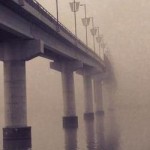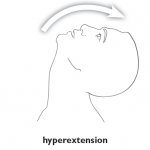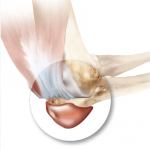
Your spine is one of the most important parts of your anatomy. It not only supports the structure of your body, but also protects your spinal cord, which contains nerves that relay messages to and from your brain and throughout your entire body.
The vertebrae are the small bones that make up the spine. These circular structures envelop the spinal cord. Between each vertebrae is a soft spinal disc (invertebral disc) that cushions your spine’s movements and absorbs shock. Each disc is comprised of a thick outer ring (annulus) that is responsible for protecting the soft inner material (nucleus).
The bones of the spine rest one on top of the other connected with facet joints, creating the vertebral column. The vertebral column exists in three sections: the cervical spine, which are the bones of the neck; the thoracic spine, which runs the length of the rib cage; and the lumbar spine, which is the lower back.
The vertebral column helps provide support to the body during basic movements including sitting, standing and walking.
Each vertebrae has four facet joints, which allow for flexibility in the spine. The facet joints are synovial joints, meaning they contain synovial fluid and cartilage to cushion their movements. Facet joints also contain medial branches of nerves, which are responsible for carrying pain signals to the brain












